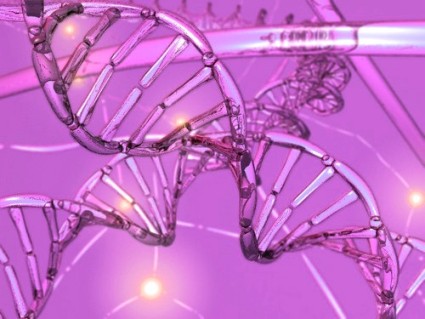Breast cancer: Increased risk with the gene mutation
The breast cancer, although its percentage of diagnosis remains high, it is also one of the most has focused the effort and work of the researchers to find all the answers to its development. In fact, during one of the recent studies of research carried out at the international level has been detected that the gene mutation (specifically, the PALB2 gene) may increase the risk of developing breast cancer.
The role of PALB2 gene
The study, conducted by the Cambridge University in collaboration with the FIRC Institute of Molecular Oncology of Milan, Cancer Institute and John Pope XXIII Hospital of Bergamo, has found that people who have a particular genetic mutation (PALB2) and under 40 have an average risk of up to 8 times higher than developing breast cancer. Without a doubt, one new discovery important both to preempt diagnosis and to develop new treatments and therapeutic targets even more effective. And to remember that breast cancer is one that has higher survival rate precisely because of the development of new drugs and therapies.
The study has gone one step further, as it also has left indicated that the risk, if mutation of this gene is variable depending on age. Thus, for example, in the case of young people the possibilities of developing a tumor of this type are multiplied by 8, risk will be reduced slightly (between 6-8) among women aged between 40-60 years. For the older than 60, the probability of developing breast cancer increases in the presence of this genetic mutation.
Yes it should be stressed that the genetic predisposition does not mean that you will suffer from the disease, but the risk is higher and therefore requires greater attention in terms of prevention and periodic medical examinations. To achieve these results, the researchers analyzed genetic data from more than 150 families that had a mutation in the PALB2 gene.
Genetic inheritance
The increase in the chances of getting breast cancer is also linked to the family history. According to data gathered by the researchers, in the case of a patient, with no family history of breast cancer, but with the PALB2 gene mutation, the risk increased by 33%. When the patients have a family history of cancer with early onset (before age 40), the percentage of risk increases by 58%.
That data, in any case, intended to alarm, but further sensitize and have access to more information that favors a better prevention and treatment of oncological diseases. In fact, prevention and self-examination are the first weapons to win the battle against breast cancer.
